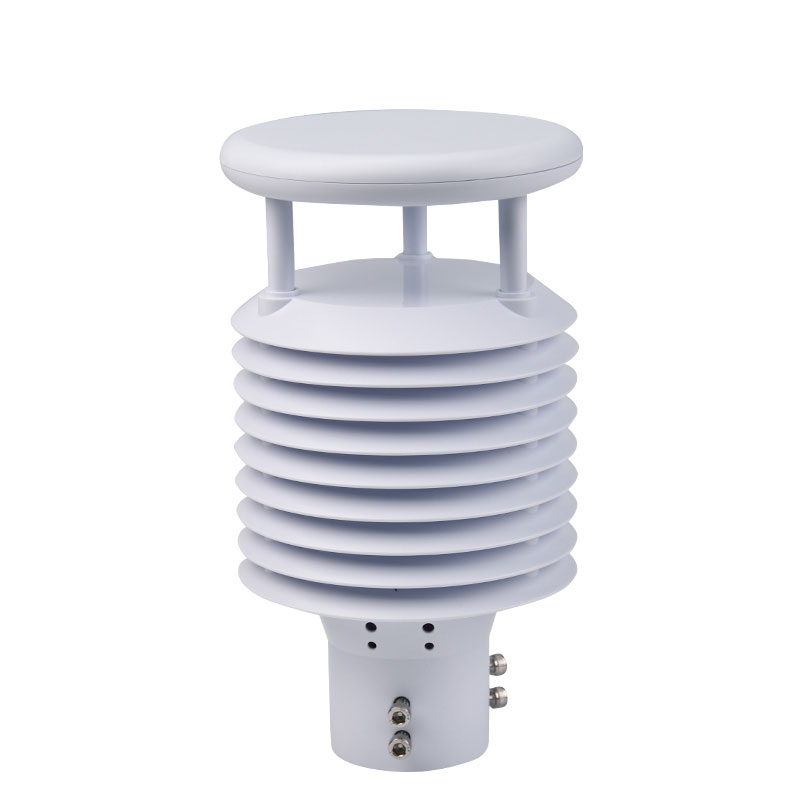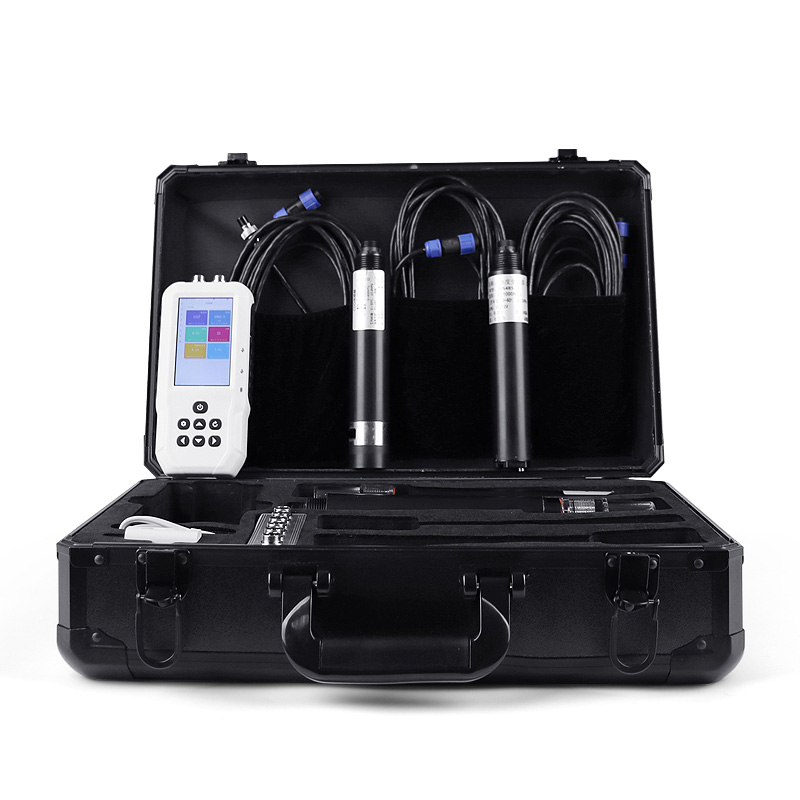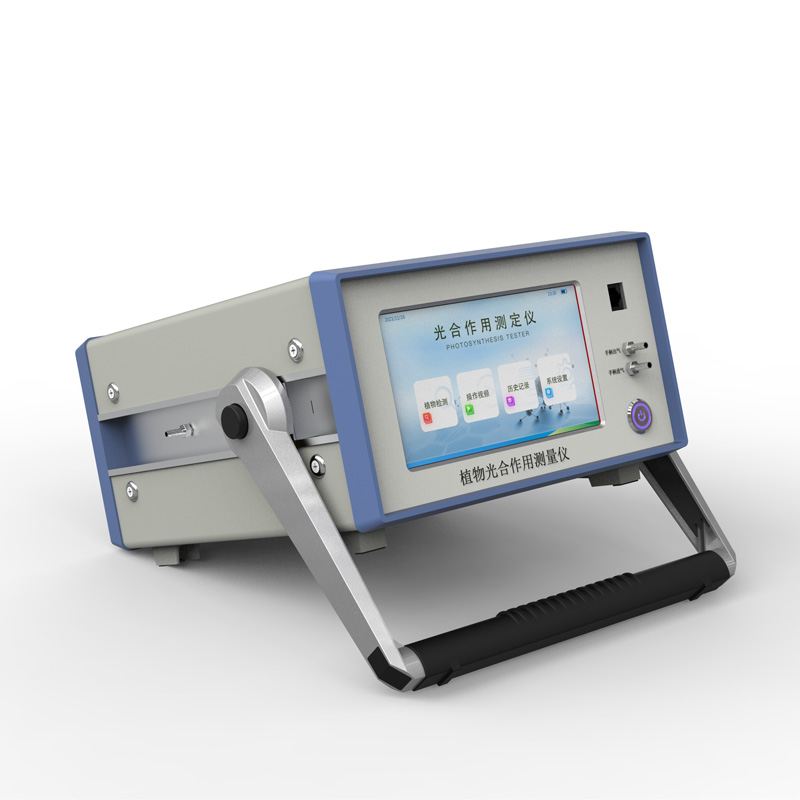Aquaculture Monitoring System Overview
1.System Overview
The Internet of Things (IoT), as an extension of the Internet, improves production and resource utilisation efficiency through intelligent management. With the development of information technology, IoT has been more and more widely used in agriculture, especially in aquaculture, forming a smart aquaculture model. Intelligent IoT system automatically monitors water quality through sensors, data analysis and remote control, featuring high production, safety and environmental protection.
2.System structure composition
Firstly, the sensing system, which consists of servers, sensors and mobile devices, can monitor key indicators of water quality in real time, such as pH value, ammonia nitrogen content and water temperature. The system transmits data from the monitoring point to the user's device through the network, whether it is a mobile phone or a computer, the user can check the status of the aquaculture environment anytime and anywhere. This type of system makes data transmission more flexible and expands the scope of monitoring.
Second, telemetry system, which provides real-time monitoring function through a software platform, is suitable for large-scale aquaculture. It allows multiple monitoring points to share data with the centre over an IP network. In large-scale farms, the secondary monitoring centre can connect to on-site equipment to enable data exchange with the main monitoring centre. In this way, farmers can easily access and manage aquaculture information regardless of the scale.
Third, transmission system, in aquaculture IoT, the transmission system supports a variety of communication methods, including wired (e.g., RS232/RS485) and wireless (e.g., GPRS), and even Beidou satellite transmission. These systems can be connected to network protocol interfaces such as TCP and SNMP, which facilitates the management and exchange of data through the network centre, enabling equipment in the aquaculture area to work together.
Fourth, control systems that use data collected by sensors to set parameters and remotely manage equipment such as oxygenators and solenoid valves. For example, oxygenation controllers allow farmers to make real-time adjustments based on water quality monitoring data and remotely operate equipment through mobile phone applications to achieve refined management.
Fifth, the terminal system, which brings a convenient operation experience to farmers by providing diversified services such as mobile apps, online shopping malls and blockchain traceability, etc. The real-time interactive interface on the PC side further simplifies the management of farming and enables farmers to easily control the entire farming process.
Sixth, the early warning system, using monitoring data, sets warning thresholds. When the data exceeds these thresholds, the system will automatically issue an alert and notify the farmers via SMS or email, helping them to respond quickly and take emergency measures, thus reducing potential economic losses.
3.Function Analysis
First, light monitoring
In aquaculture, light has a significant impact on fish growth and reproduction. For example, for general fish culture, set the light intensity at 1500 to 2000lx and provide light 3 to 4 hours before and after sunset to promote healthy growth and effective reproduction of fish.
Second, temperature monitoring
In aquaculture, temperature control is crucial. The IoT system monitors the water temperature, and if the water temperature is abnormal, the system notifies the farmer and displays an early warning. The farmer can adjust it remotely to ensure the water temperature is appropriate, for example, tilapia needs a water temperature between 24 and 35°C, which helps them grow healthily.
Third, Dissolved Oxygen Monitoring
Dissolved oxygen level directly affects the growth and feeding of fish. If the dissolved oxygen is insufficient, the IOT system will automatically start the oxygen pump to ensure sufficient oxygen in the water. For example, fish grow normally when the dissolved oxygen is 5 mg/L, below this level, growth and feeding will be affected. Through monitoring equipment, the system can supplement oxygen in time to help fish grow healthily.
Fourth, PH Monitoring
Low pH will cause fish to get sick or even die, affecting dissolved oxygen and increasing harmful microorganisms. pH sensor can monitor the PH of the water body, and the IoT system will automatically adjust the pH to maintain the appropriate acidity and alkalinity. Different fish have different needs for pH, adjusting the system parameters can provide a better growing environment for fish.

This paper addresses:https://fengtusz.com/industry/310.html









